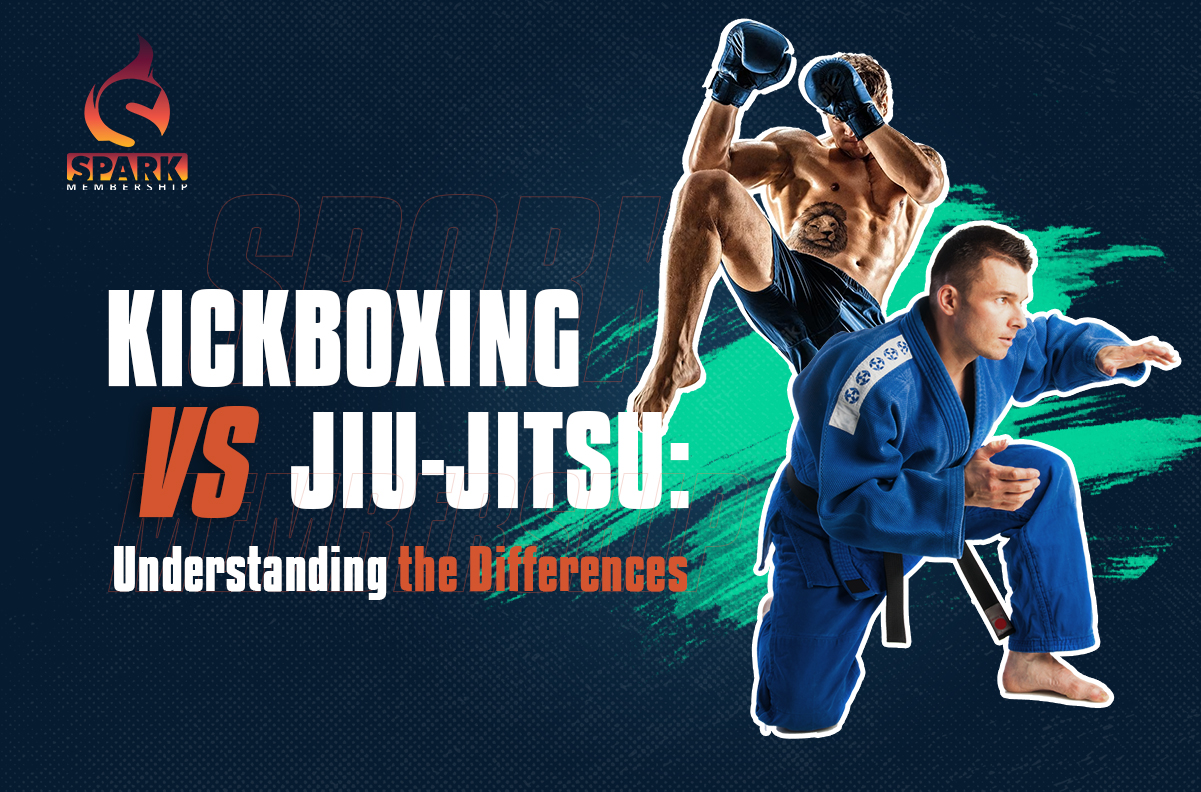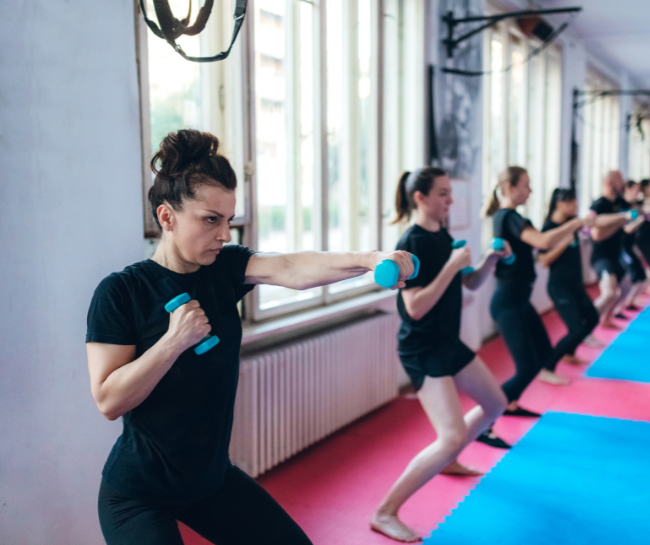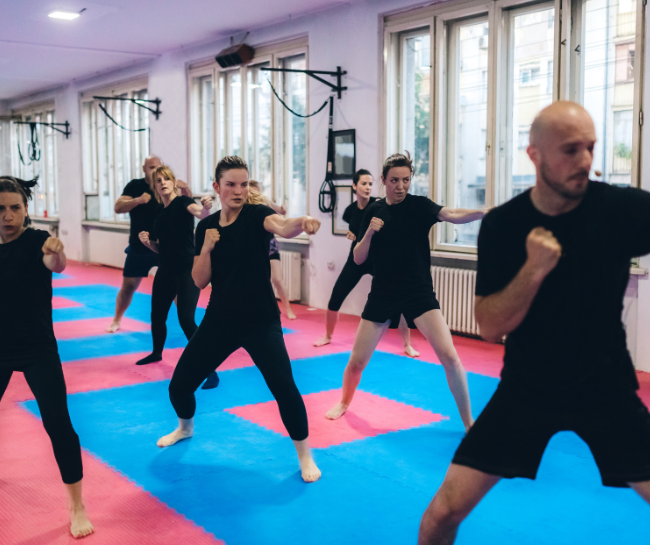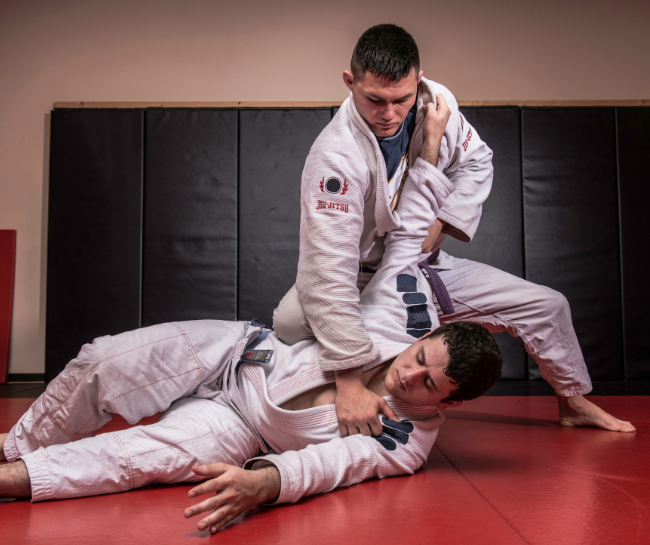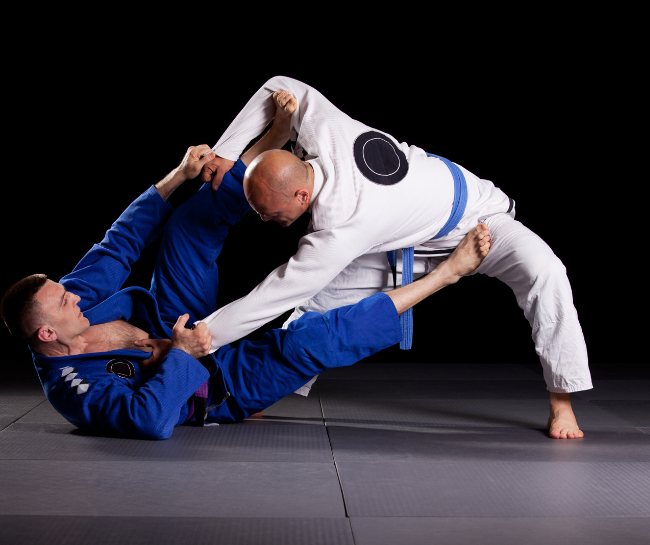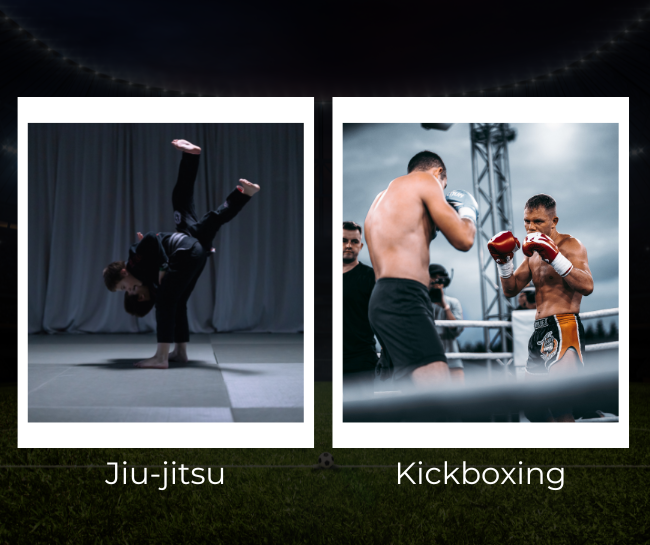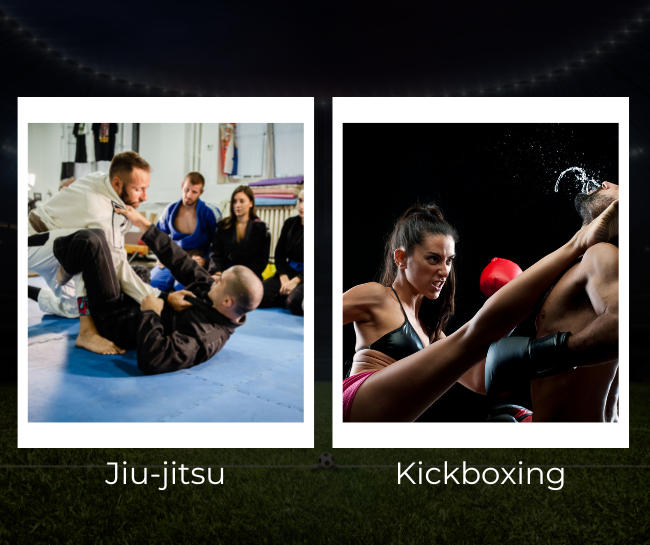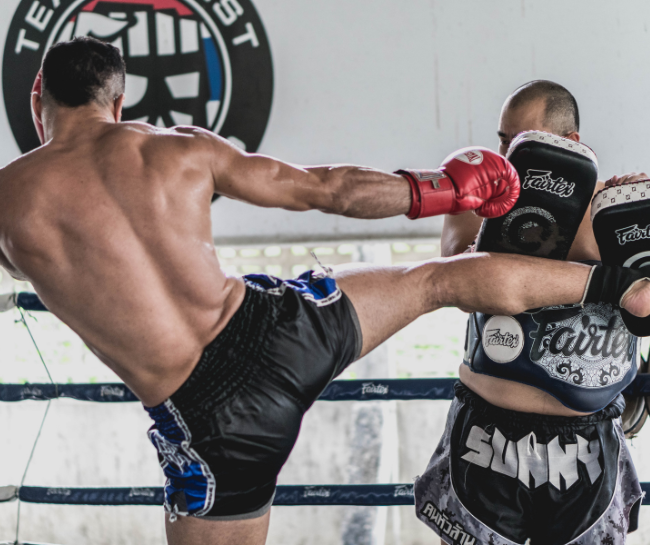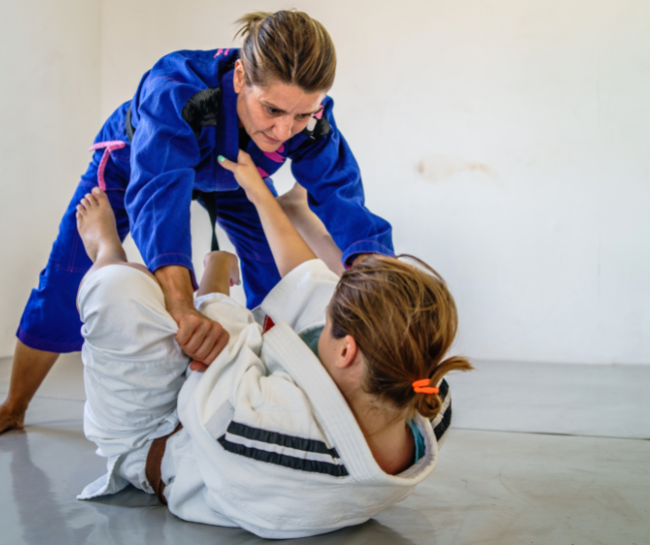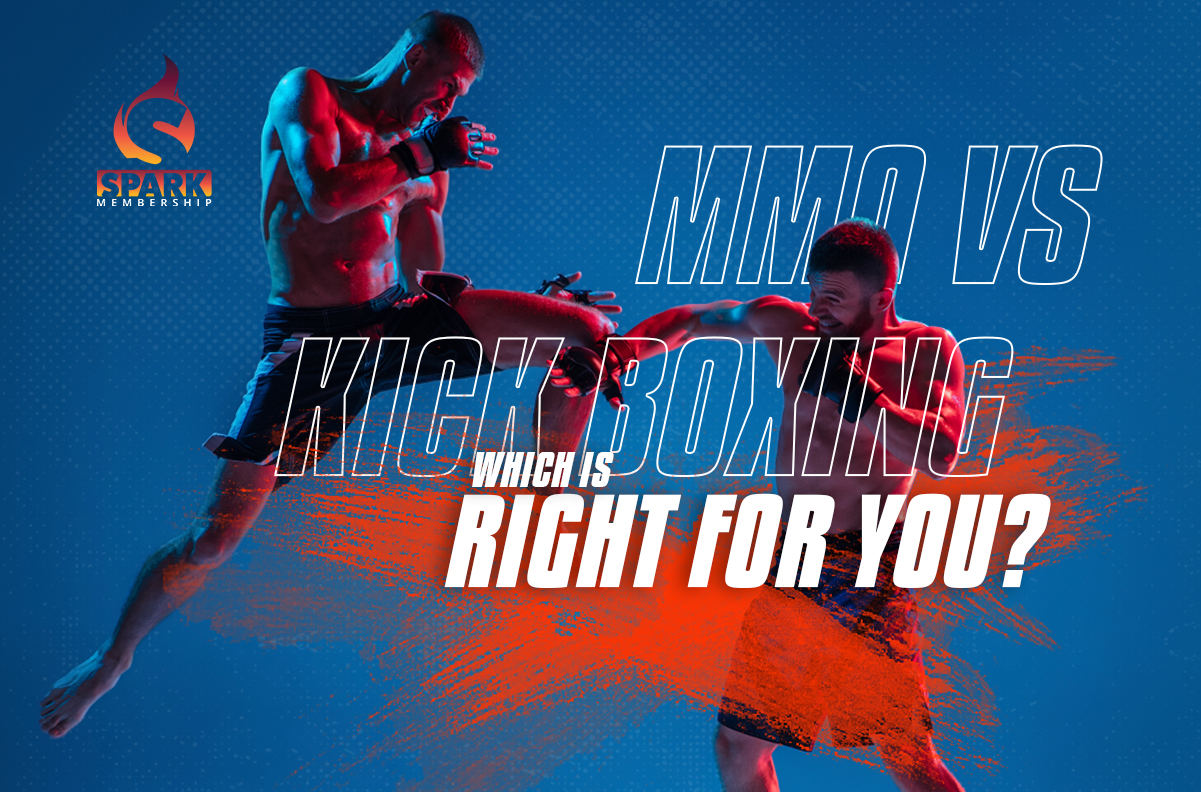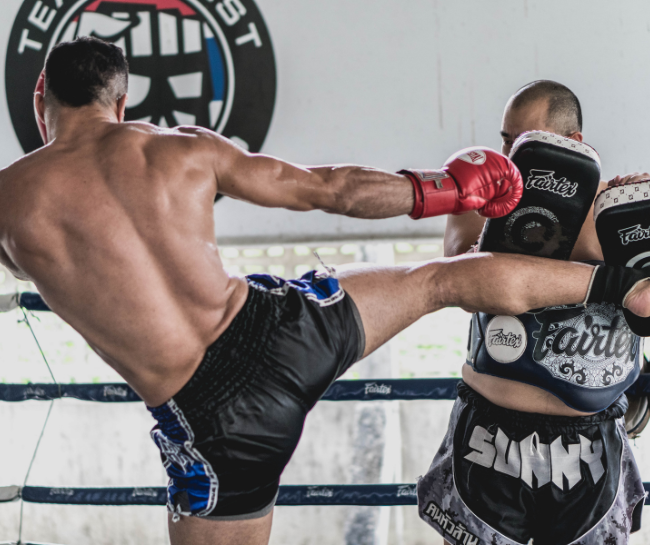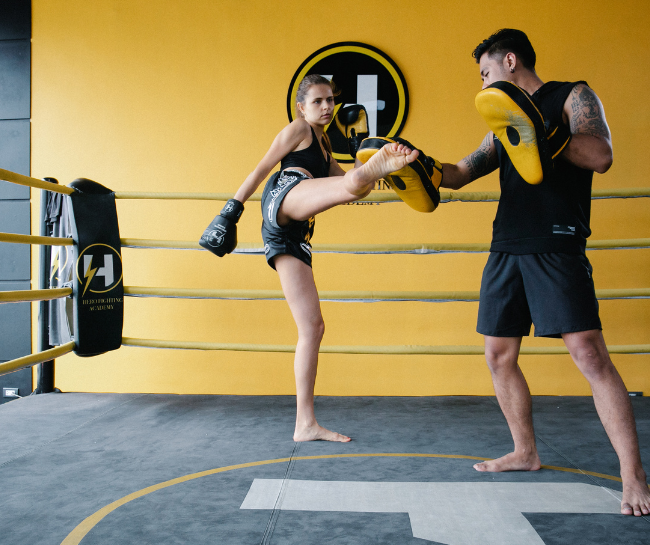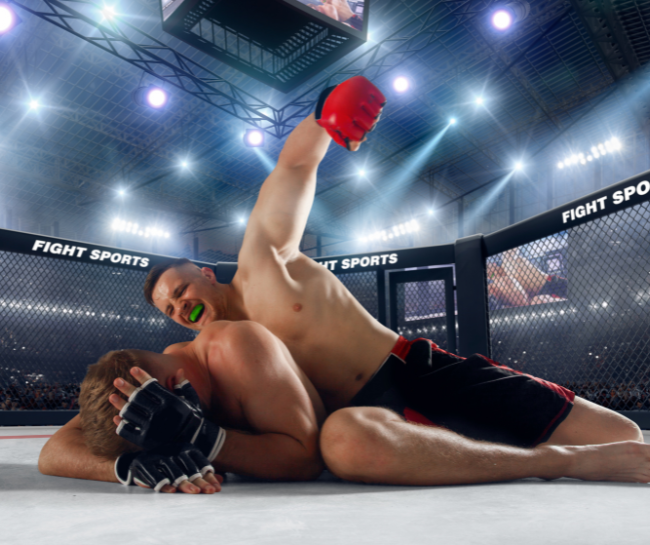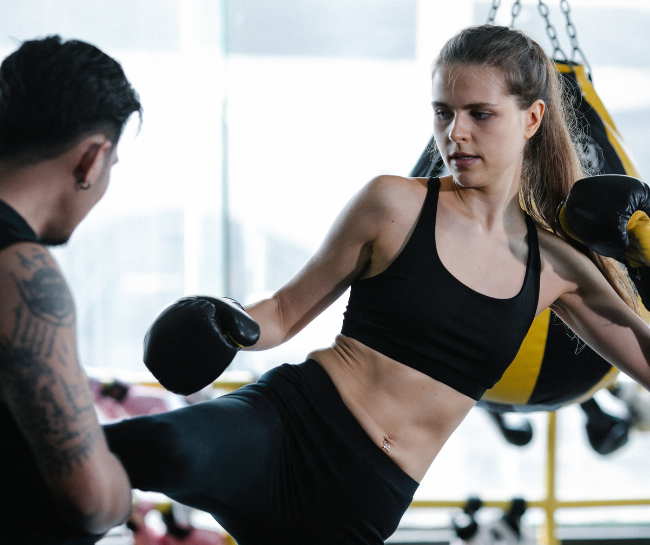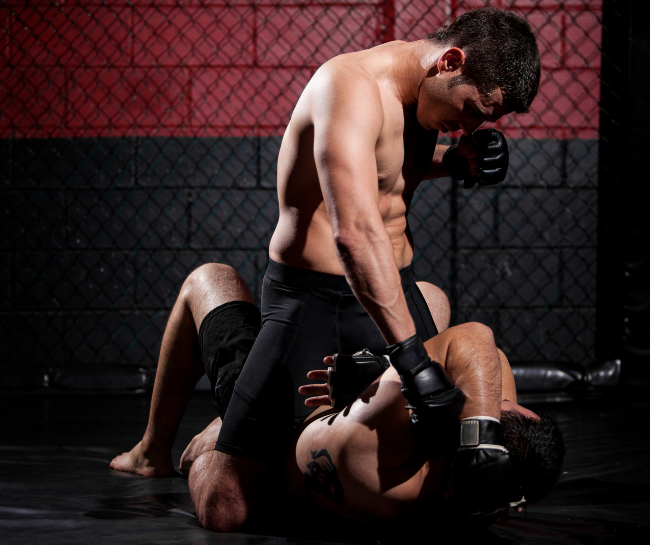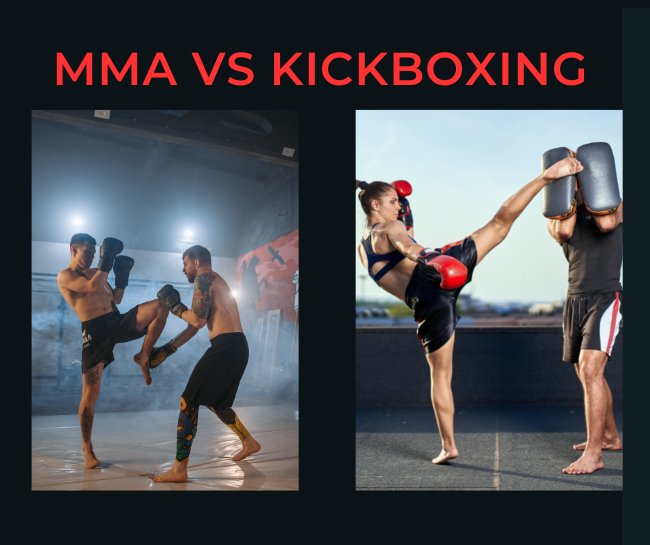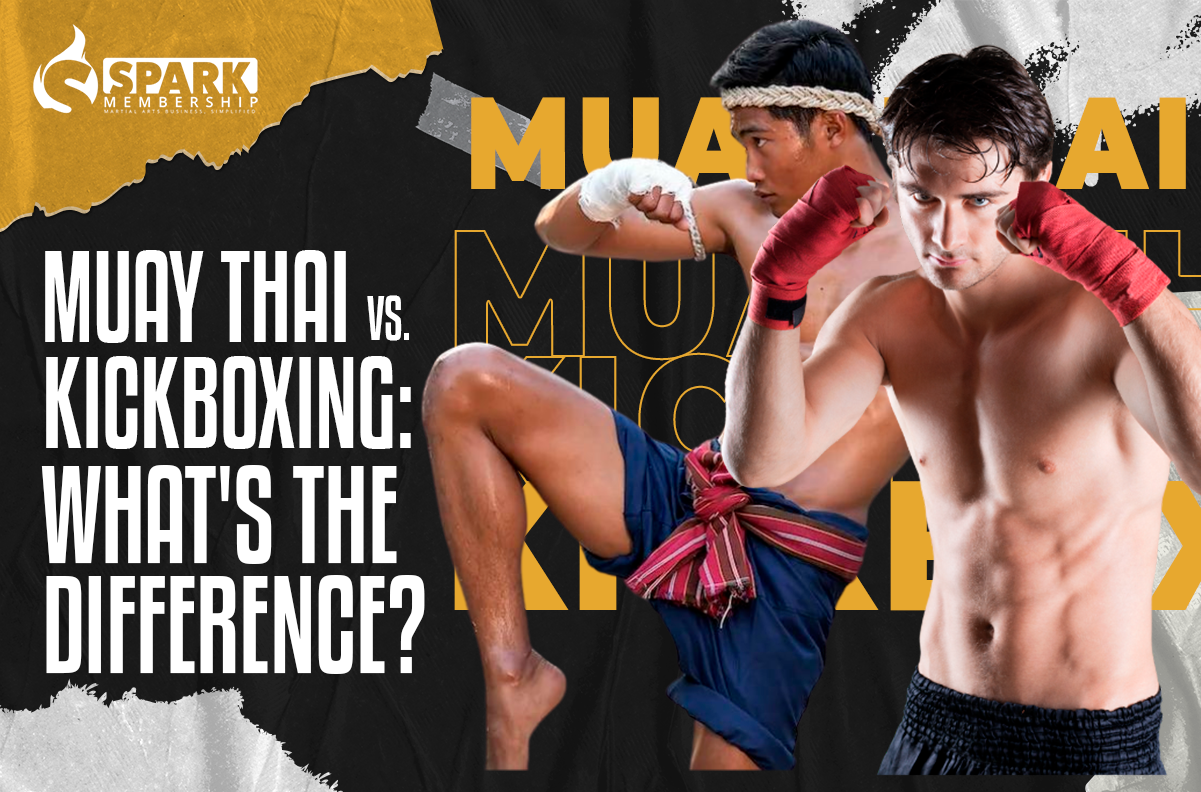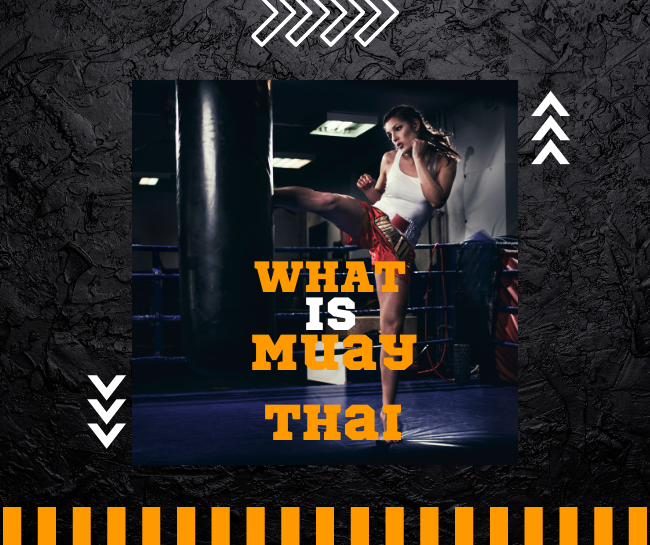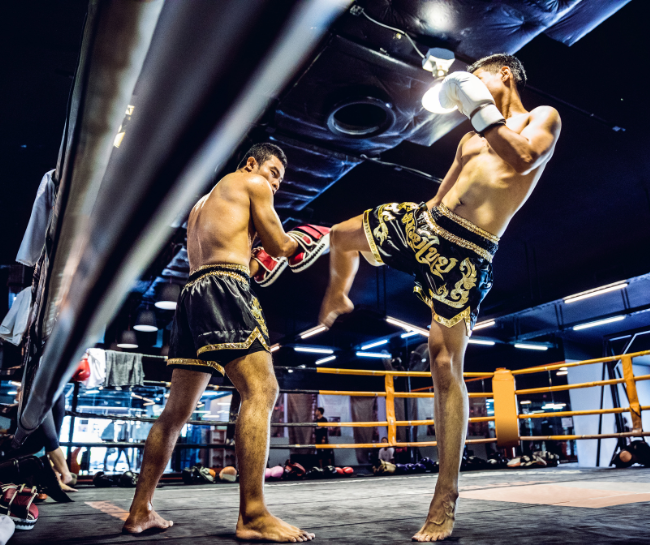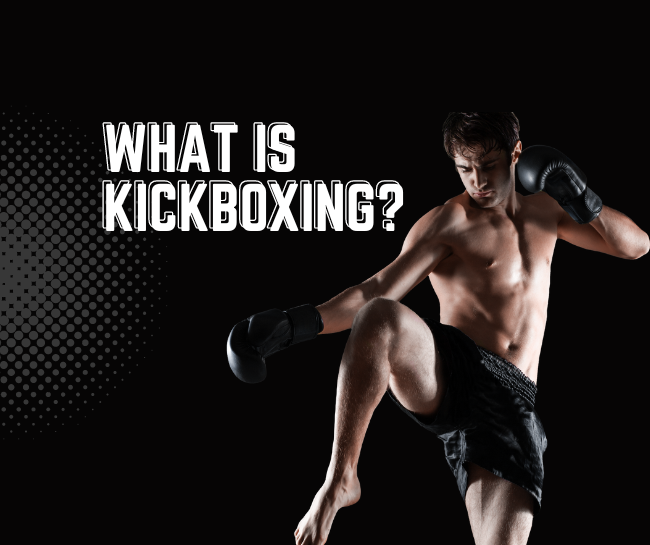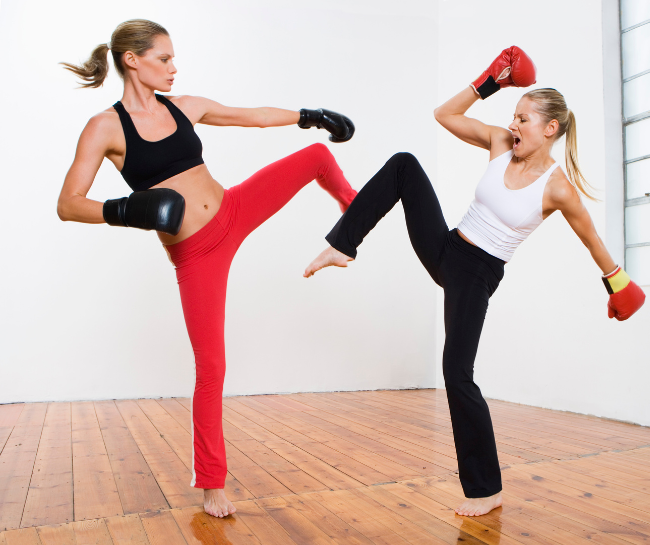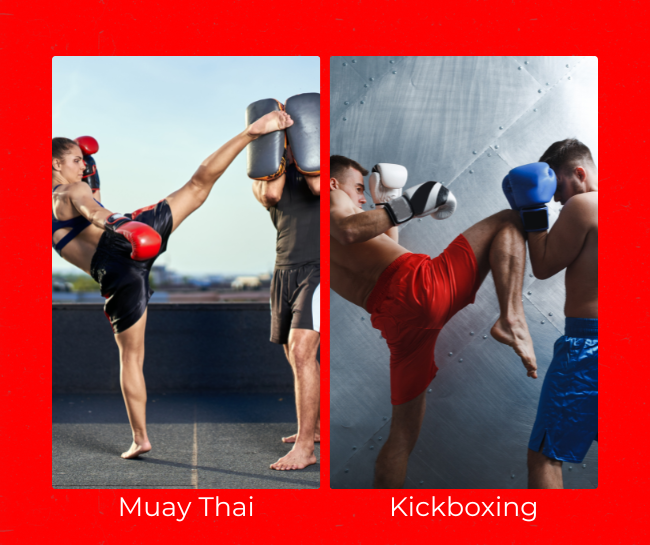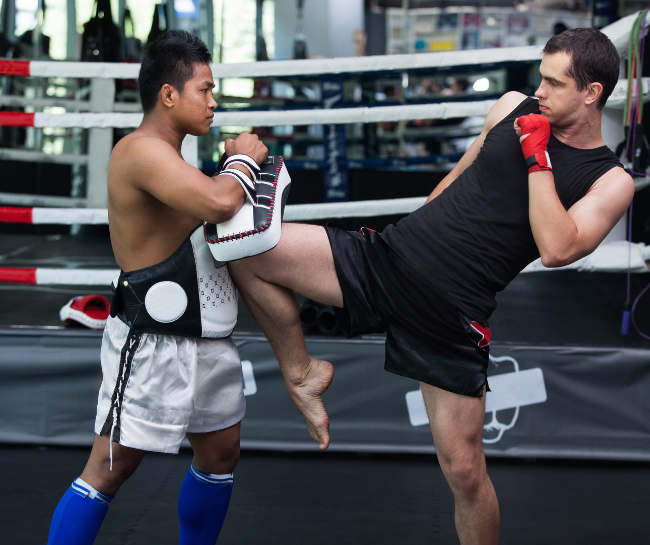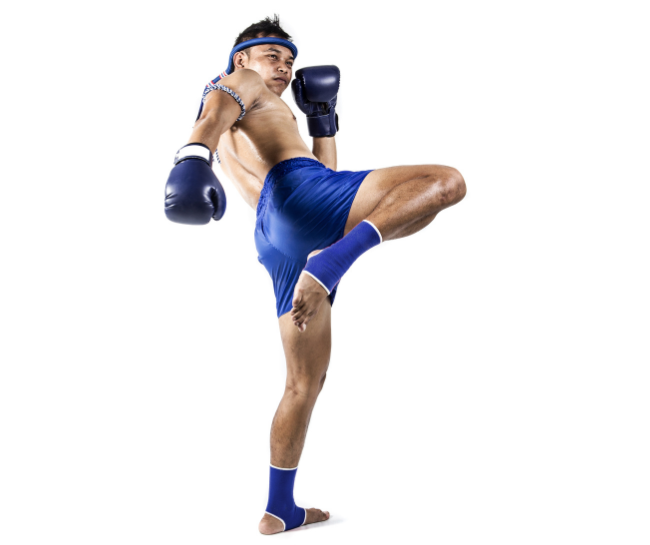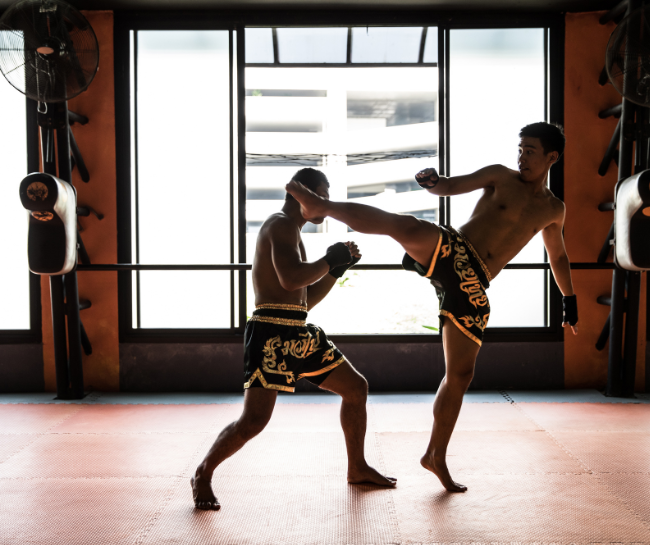
Are you tired of the same old workout routine? Are you looking for a fun and challenging way to get your heart pumping? Look no further than cardio kickboxing! This high-energy workout is a great way to burn calories, improve cardiovascular health, and relieve stress. In this article, we’ll share some cardio kickboxing workout ideas to help you spice up your routine and get the most out of your workouts.
What is Cardio Kickboxing?

Before we dive into the workout ideas, let’s take a quick look at what cardio kickboxing is. Cardio kickboxing is a form of aerobic exercise that combines martial arts techniques with fast-paced cardio movements. It’s a high-intensity workout that can burn up to 700 calories in just one hour! Cardio kickboxing is also a great stress reliever and can help improve balance, coordination, and flexibility.
Equipment Needed

Before starting your cardio kickboxing workout, it’s important to have the right equipment. Here’s what you’ll need:
- Comfortable workout clothes
- Athletic shoes with good support
- Boxing gloves (optional)
- Hand wraps (optional)
- Punching bag or target pads (optional)
Now that you have the necessary equipment, let’s get started with some cardio kickboxing workout ideas!
- Basic Jab-Cross Combo
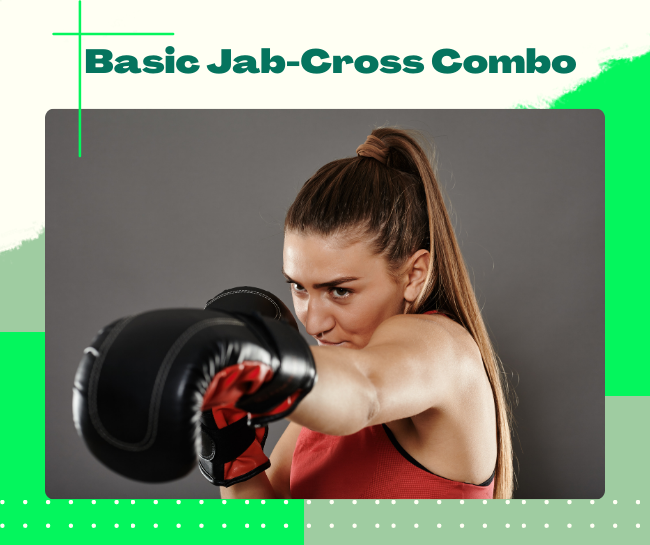
The basic jab-cross combo is a fundamental move in cardio kickboxing. Start by standing with your feet shoulder-width apart, your left foot slightly in front of your right. Bring your fists up to your face with your elbows tucked in, then punch forward with your left hand (jab) and follow up with your right hand (cross). Repeat this combo for 30 seconds, then switch your stance and repeat with your other side.
💡 The Basic Jab-Cross Combo is the foundation of any Cardio Kickboxing workout, and adding variations to this classic combination can help spice up your routine and keep your body challenged.
- Front Kick-Back Kick Combo
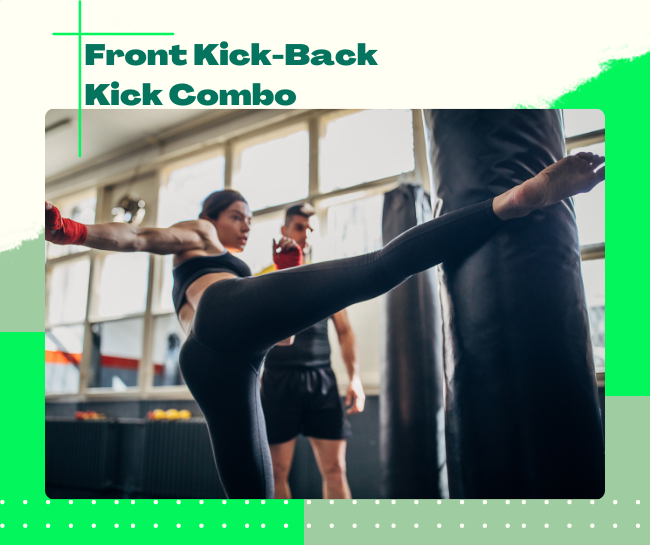
The front kick-back kick combo is a great way to work your legs while also improving your balance and coordination. Start with your left foot forward and your fists up in front of your face. Lift your right knee and extend your right foot forward for a front kick, then quickly pull your right foot back and extend it behind you for a back kick. Repeat this combo for 30 seconds, then switch to your other side.
- Speed Bag Punches
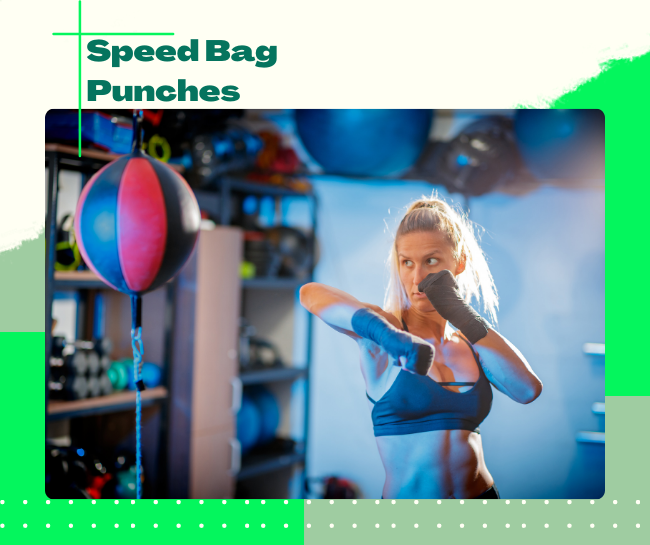
Speed bag punches are a great way to improve your hand-eye coordination while also getting a great cardio workout. Stand with your feet shoulder-width apart and your fists up in front of your face. Make small, quick punches with both hands as if you were hitting a speed bag. Try to keep your punches consistent and move your arms quickly. Repeat for 30 seconds, then rest for 15 seconds before repeating.
- Knee Strike Combo

Knee strikes are a great way to work your core while also getting your heart rate up. Start by standing with your left foot forward and your fists up in front of your face. Lift your right knee and bring it up towards your chest, then quickly extend your leg and drive your knee forward for a knee strike. Repeat this combo for 30 seconds, then switch to your other side.
- High Knees

High knees are a great way to get your heart pumping and improve your cardiovascular health. Start by standing with your feet shoulder-width apart and your arms at your sides. Lift your left knee as high as you can, then quickly switch to your right knee. Alternate lifting your knees as fast as you can for 30 seconds.
💡 Add some pep to your cardio kickboxing routine with high knees – a dynamic exercise that boosts your heart rate and strengthens your lower body. Embrace the burn and elevate your workout to new heights!
- Roundhouse Kicks

Roundhouse kicks are a fun and challenging way to work your legs while also improving your balance and coordination. Start with your left foot forward and your fists up in front of your face. Lift your right leg and pivot on your left foot as you extend your right leg out to the side for a roundhouse kick. Bring your leg back down and repeat for 30 seconds before switching to your other side.
- Shadowboxing
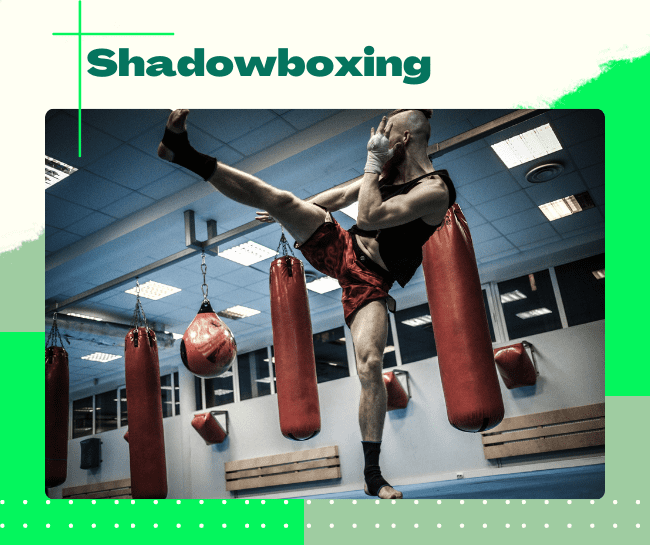
Shadowboxing is a great way to practice your cardio kickboxing moves and improve your form. Start by standing with your feet shoulder-width apart and your fists up in front of your face. Move around as if you were in a boxing ring, throwing punches and kicks at an imaginary opponent. Try to keep your movements fast and fluid. Repeat for 1-2 minutes.
- Jumping Jacks
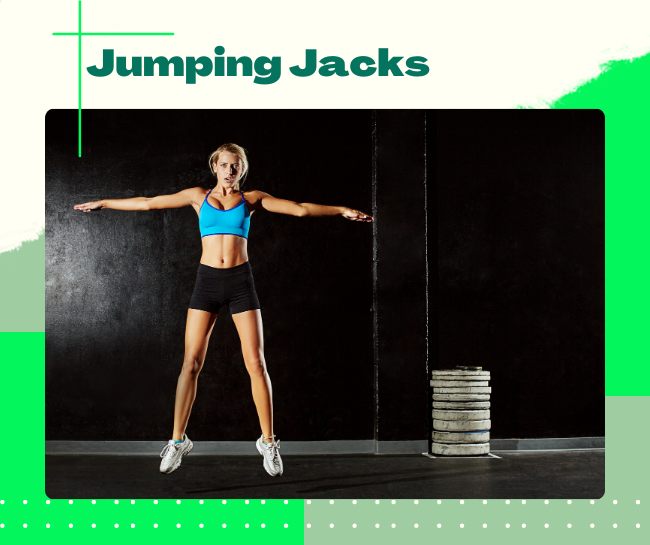
Jumping jacks are a classic exercise that can be easily incorporated into a cardio kickboxing workout. Start with your feet together and your arms at your sides. Jump up and spread your feet apart while raising your arms overhead. Jump back to the starting position and repeat for 30 seconds.
- Burpees
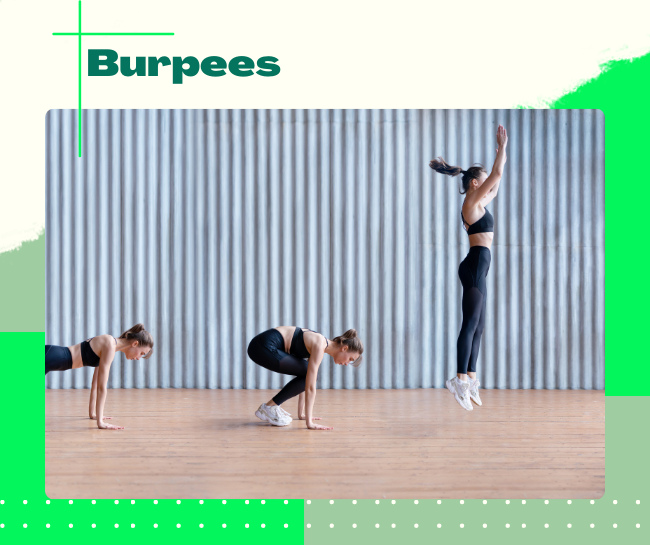
Burpees are a full-body exercise that can get your heart pumping in no time. Start in a standing position with your feet shoulder-width apart. Drop down into a push-up position, then quickly jump back up to a standing position. Repeat for 30 seconds.
- Mountain Climbers

Mountain climbers are a great way to work your core and get your heart rate up. Start in a push-up position with your arms straight and your feet shoulder-width apart. Bring your right knee towards your chest, then quickly switch to your left knee. Alternate your knees as fast as you can for 30 seconds.
💡 Mountain climbers are the ultimate cardio kickboxing workout challenge – they test your strength, endurance, and mental grit. Incorporating this exercise into your routine will spice things up and take your fitness to new heights.
- Plank Jacks
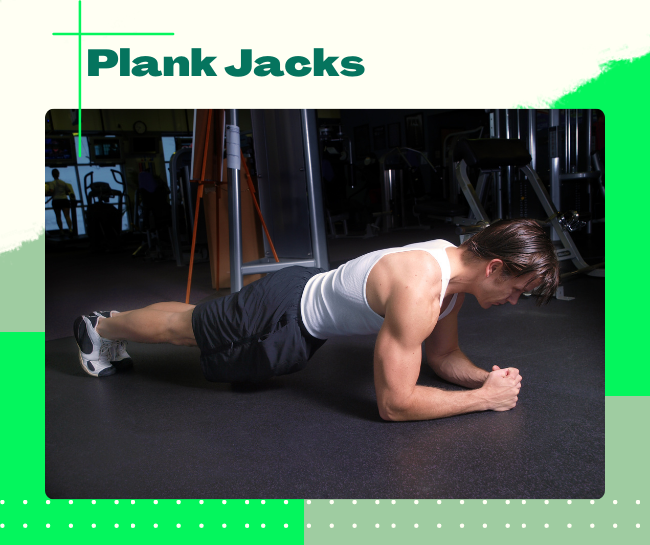
Plank jacks are a challenging exercise that can improve your cardiovascular health while also working your core and upper body. Start in a plank position with your arms straight and your feet together. Jump your feet apart and back together again as if you were doing jumping jacks. Repeat for 30 seconds.
- Shadowboxing with Weights

Adding weights to your shadowboxing routine can increase the intensity of your workout and help build muscle. Hold a pair of light weights (1-2 pounds each) in your hands and move around as if you were in a boxing ring. Throw punches and kicks at an imaginary opponent while keeping your movements fast and fluid. Repeat for 1-2 minutes.
💡 Shadowboxing with weights adds an extra punch to your cardio kickboxing routine, intensifying your workout and building strength. It’s the perfect way to spice up your training and unleash your inner fighter.
- Side Kicks

Side kicks are a great way to work your legs and improve your balance and coordination. Start with your left foot forward and your fists up in front of your face. Lift your right leg and pivot on your left foot as you extend your right leg out to the side for a side kick. Bring your leg back down and repeat for 30 seconds before switching to your other side.
- Squat Jumps
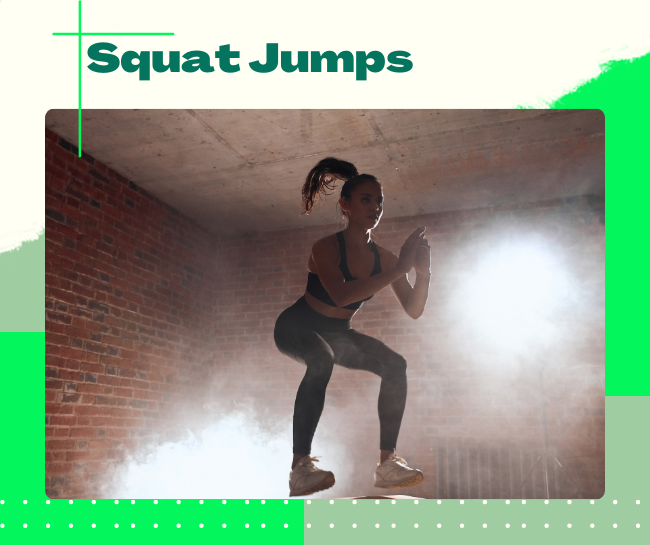
Squat jumps are a great way to work your legs while also getting a cardio workout. Start with your feet shoulder-width apart and your arms at your sides. Squat down as if you were sitting in a chair, then jump up as high as you can. Land softly and repeat for 30 seconds.
💡 Squat jumps are a powerful and dynamic exercise that can elevate your cardio kickboxing routine to new heights, boosting your explosiveness, agility, and overall fitness.
- Cool Down and Stretch

After your cardio kickboxing workout, it’s important to cool down and stretch your muscles to prevent injury. Take a few minutes to walk around and let your heart rate slow down. Then, stretch your muscles by holding each stretch for 15-30 seconds.
Cardio kickboxing is a fun and challenging way to improve your cardiovascular health, burn calories, and relieve stress. Incorporating these cardio kickboxing workout ideas into your routine can help you spice up your workouts and achieve your fitness goals. Remember to start with a proper warm-up, use the right equipment, and cool down and stretch after your workout.
Transform your kickboxing game with the best beginner workout routine! Check out our latest blog post now and take your skills to the next level.
Are you tired of managing your membership manually? Say hello to Spark Membership Software! With Spark, you can streamline your membership management process, improve member engagement, and grow your community. Take the first step towards an organized and efficient membership system.
